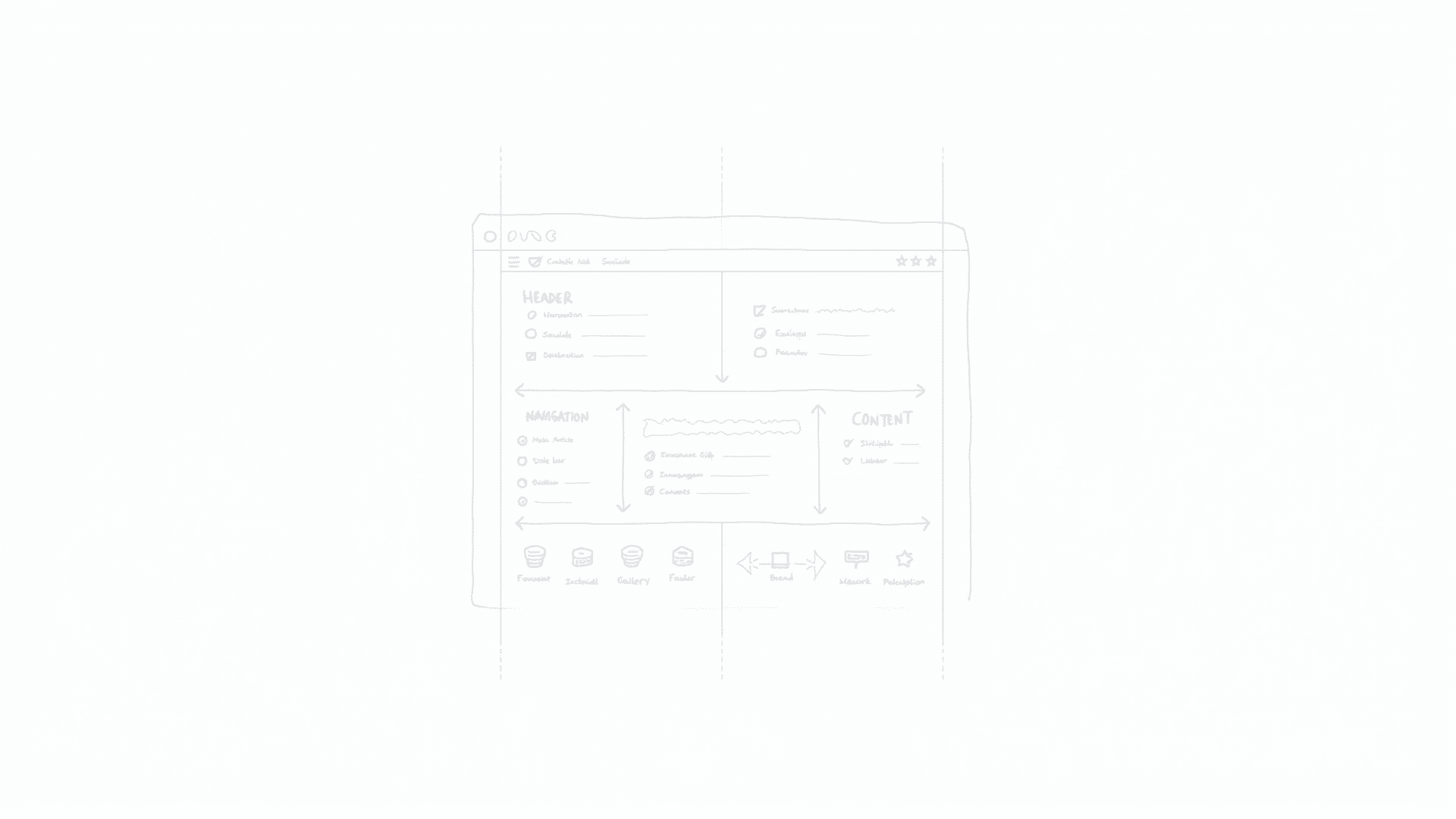Creating an effective online platform requires a thoughtful understanding of structural design and planning methods. This consists of organizing content and functionality to ensure a smooth user experience and optimal performance. Understanding website architecture is crucial, as it forms the blueprint for the site's development and affects user interaction, searchability, and overall success.
At the core of a well-structured site is its navigation. Clear and intuitive navigation is essential for users to effortlessly move through the pages. This typically involves designing menus that are easy to understand and strategically placed to keep the user journey straightforward. Categorizing content into logical groups and employing a hierarchical structure can aid in this objective, guiding visitors to their desired information with minimal effort.
Another important aspect is ensuring that the site is scalable. As organizations evolve, so do their digital needs. A flexible framework allows for easy upgrades and expansion without overcomplicating the existing structure. Planning for future growth not only saves time and resources but also helps in maintaining a consistent, user-friendly experience even as new features are introduced.
The role of performance in website architecture cannot be understated. Fast loading times are critical in retaining user interest and improving search rankings. This can be achieved by optimizing images, leveraging browser caching, and minimizing code, which reduces server loads and enhances speed.
Interactivity and accessibility are also vital components. Utilizing a design that caters to diverse users, including those with disabilities, ensures inclusivity and improves overall user satisfaction. Interactive elements, such as forms or dynamic content, should be designed with usability in mind, keeping them intuitive and easy to engage with.
Furthermore, prioritizing mobile responsiveness is essential in today’s digital landscape. With a growing number of users accessing websites via handheld devices, ensuring that the site is fully operational across various screen sizes is crucial. Employing a responsive design guarantees consistency in user experience regardless of the device used.
Content management is another integral part of a site's structure. Utilizing a reliable platform allows for efficient updates and management of content. This not only supports the site's operational needs but also empowers teams to keep information current and relevant, enhancing user engagement.
Finally, implementing effective search engine optimization (SEO) practices within the site's structure aids in visibility. This involves using descriptive URLs, incorporating relevant keywords, and ensuring that meta tags are correctly set up. These elements work together to boost the site's ranking, making it easier for users to find and engage with.
In summary, understanding website architecture involves a comprehensive approach to design and planning. By focusing on clear navigation, scalability, performance, accessibility, mobile responsiveness, content management, and SEO, developers can create platforms that are not only functional but also enjoyable for users. This meticulous planning and execution ensure that the site remains effective in meeting the evolving needs of its audience.
